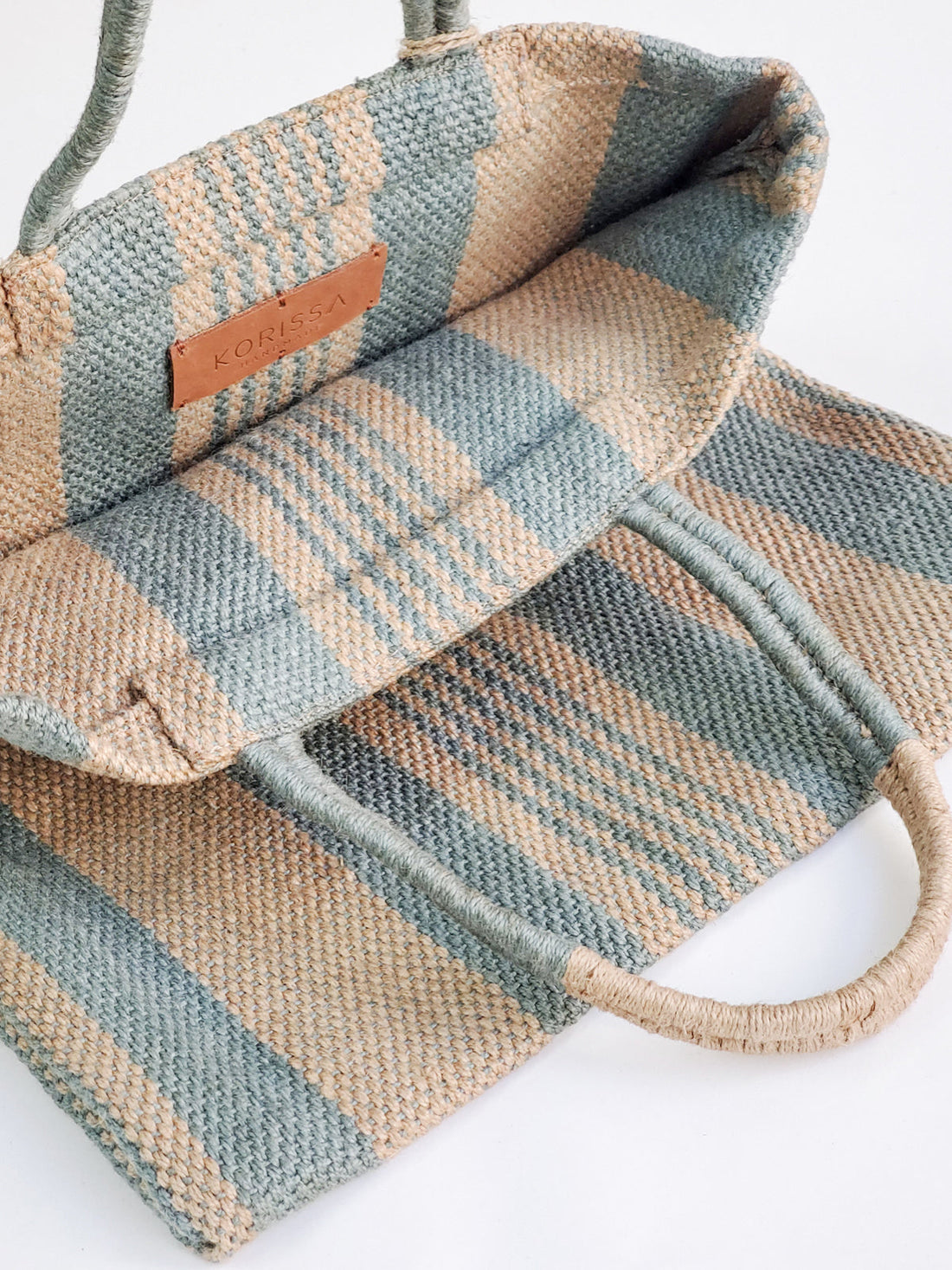
The History and Versatility of Jute
Share
Jute is one of the oldest known fibers used by humans, with its history dating back thousands of years. Native to the Indian subcontinent, particularly India and Bangladesh, jute has been a vital material in everyday life for centuries. Ancient texts and records suggest that people in the Bengal region were using jute for making ropes, mats, and clothing long before industrialization. However, it wasn’t until the 19th century, during British colonial rule, that jute became a globally traded commodity. The first jute mill was established near Kolkata (then Calcutta) in 1855, sparking the growth of a powerful industry that supplied sacks, ropes, and fabrics to Europe and beyond.
Throughout the 19th and early 20th centuries, jute’s popularity grew due to its affordability, strength, and versatility. It became especially important during the World Wars, when it was used to make sandbags, tents, and other essential military supplies. However, with the advent of synthetic fibers like nylon and plastic in the mid-20th century, jute saw a decline in global demand.
In recent years, however, jute has made a strong comeback due to its environmental advantages and growing global awareness about sustainability. Often referred to as the “golden fiber” because of its natural shine, jute is 100% biodegradable, recyclable, and requires very little water or pesticides to cultivate. It grows quickly and enriches the soil, making it an eco-friendly alternative to plastic and synthetic fibers.
The benefits of using jute are numerous. It is incredibly strong and durable, making it ideal for producing bags, carpets, textiles, and even furniture. Jute’s natural breathability and moisture resistance make it perfect for packaging agricultural products like grains and coffee. It is also a cost-effective fiber that supports rural economies, particularly in developing countries like Bangladesh and India, where millions of farmers and workers depend on jute cultivation and processing for their livelihoods.
Moreover, jute’s versatility extends to modern applications. It is now used in composites for automobiles, geotextiles for soil erosion control, and even in eco-friendly construction materials. As industries and consumers shift toward greener practices, jute continues to prove its value as a sustainable, renewable, and multifunctional resource.
In conclusion, jute's rich history and environmentally friendly characteristics make it a vital material for the future. As the world grapples with pollution and climate change, this ancient fiber offers a modern solution rooted in sustainability and tradition.
